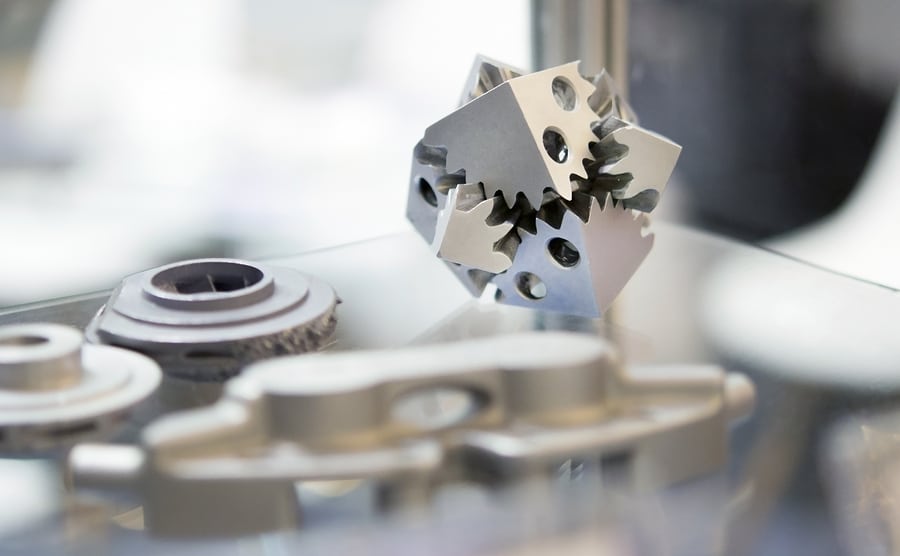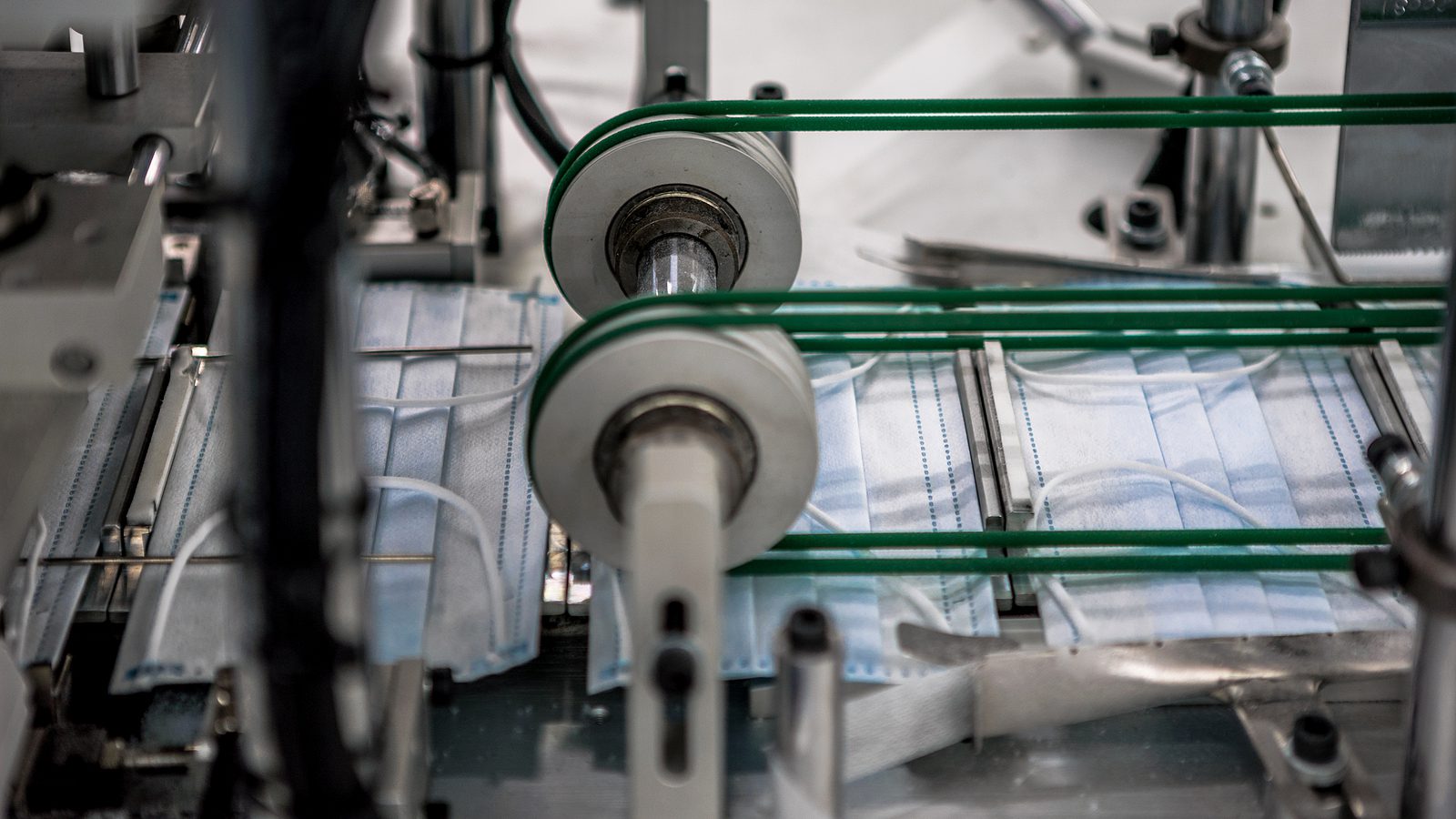By Laser 1 Technologies
Additive Manufacturing
Let’s talk about Additive Manufacturing. Here’s an introductory definition, according to additivemanufacturing.com:
Additive Manufacturing (AM) is an appropriate name to describe the technologies that build 3D objects by adding layer-upon-layer of material, whether the material is plastic, metal, concrete or one day…..human tissue.
Common to AM technologies is the use of a computer, 3D modeling software (Computer Aided Design or CAD), machine equipment and layering material. Once a CAD sketch is produced, the AM equipment reads in data from the CAD file and lays downs or adds successive layers of liquid, powder, sheet material or other, in a layer-upon-layer fashion to fabricate a 3D object.
The term AM encompasses many technologies including subsets like 3D Printing, Rapid Prototyping (RP), Direct Digital Manufacturing (DDM), layered manufacturing and additive fabrication.
What we’re seeing in the manufacturing world: AM enables the creation of stronger, lighter, cheaper parts.
But there’s more to it than that: AM is potentially a tremendous disruptor.
Here’s an example cited by the Industrial Technology Centre, a Canadian organization, in its article titled What Does Additive Manufacturing Mean To Your PLM strategy? (Part 2)
At a recent event, Dr. Laurence Vigeant-Langlois, Executive Marketing Leader for GE Additive, described a part-consolidation scenario where a subassembly consisting of more than one thousand components was redesigned as a single additive manufactured part. Imagine the cost and time savings realized simply through not having to assemble the design. And then consider the cost savings from not having to make each of the individual components. Keep going, and consider all of the possible design and supply partners who may have participated in the design and manufacturing of those legacy components. The fact is, this one scenario may have disrupted an entire supply chain of tens or hundreds of companies, along with the corresponding logistics and financial networks that supported them. Just as PLM systems are maturing in how they support extended design chain and supply chain networks, manufacturing may be shifting away from these complex networks as part counts are slashed through AM innovations.
How sobering is that: a single part replacing a part of 1,000 components. If that’s not disruptive, I don’t know what is.
They also point out that the engineering limitations and parameters for AM parts are entirely different than for parts manufactured by traditional methods, requiring a huge mental shift on the part of engineers. They observe: “many experienced engineers will need to “unlearn” or suspend what they know about designing for subtractive manufacturing to be effective at designing for additive manufacturing.”
Lastly, they note that “process definition will become more integral to the definition of a component.” In other words, the old paradigm of engineers simply specifying the product and leaving the details up to the manufacturer doesn’t apply when AM is in the mix. For example:
Consider metal AM for a moment and the number of material properties that AM process parameters like laser power, dwell time, path orientation, etc. can impact: grain boundary size, crystalline structure, and isotropy, just to name a few. To get the desired performance characteristics of a part, parameters need to be optimized while planning the manufacture of the part.
So there’s every reason to be excited about the potential of AM, and also every reason to be just a little nervous. However, one thing is not optional: Staying abreast of the world of AM and the associated ongoing developments. I predict that enormous changes are inevitable in the manufacturing arena as AM gets increasingly integrated, with the potential for revolutionizing manufacturing on a scale we haven’t seen in decades.




